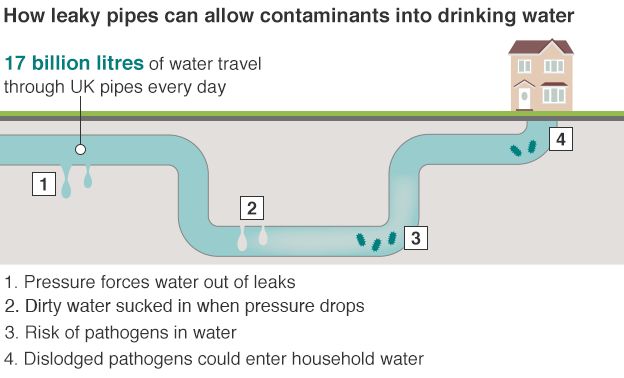Solar Energy Vs. Traditional Power Resources: An Extensive Contrast
Solar Energy Vs. Traditional Power Resources: An Extensive Contrast
Blog Article
https://energynews.us/2023/02/28/advocates-seek-to-boost-clean-energy-program-in-latest-farm-bill-renewal/ -Kirkeby Stein
When examining the stability of solar power versus traditional power resources, you may find yourself pondering the long-term sustainability and influence on your financial resources. The complex balance between initial prices, continuous costs, and environmental ramifications raises sixty-four-thousand-dollar questions regarding the future of power generation. As you browse with the complexities of this comparison, a much deeper understanding of the nuances in cost-effectiveness, environmental stewardship, and power safety and security waits for exploration.
Cost-Effectiveness Contrast
When contrasting the cost-effectiveness of solar power with standard energy sources, it ends up being apparent that first financial investment distinctions play an essential role in establishing lasting financial savings.
While solar power systems need a greater ahead of time investment for installation and tools, they use considerable long-lasting advantages that can surpass the preliminary costs. The key hinge on understanding that solar energy systems have marginal ongoing functional and upkeep expenses compared to typical power sources like fossil fuels.
By investing in solar energy, you can potentially save on energy costs over the system's life-span. Additionally, with improvements in innovation and reducing installment costs, solar energy has come to be a lot more accessible and economical for home owners and services alike. These savings can collect with time, supplying a return on investment that surpasses standard power resources.
Moreover, solar power systems supply the benefit of power self-reliance and security against varying energy rates. By using Keep Reading of the sunlight, you contribute to a cleaner environment and decrease your carbon footprint. Welcoming visit the up coming article but also the earth in the long run.
Environmental Impact Analysis
Solar energy provides a promising alternative to conventional energy resources as a result of its considerably lower environmental influence. Unlike fossil fuels that discharge unsafe greenhouse gases and contribute to air pollution, solar power generates power without generating any type of discharges.
The procedure of using solar energy entails capturing sunshine via solar panels, which doesn't release any toxins into the ambience. This absence of emissions helps reduce the carbon footprint related to power manufacturing, making solar power a cleaner and extra lasting choice.
In addition, using solar energy contributes to conservation efforts by decreasing the need for finite sources like coal, oil, and natural gas. By counting on the sun's plentiful and renewable energy resource, we can assist maintain all-natural habitats, shield ecosystems, and reduce the adverse influences of source extraction.
Integrity and Power Landscape Assessment
For a detailed evaluation of reliability and the energy landscape, it's vital to examine just how solar power contrasts to traditional sources. Solar energy is picking up speed as a trustworthy and lasting power resource. While conventional sources like coal, oil, and gas have actually been historically dominant, they're limited and contribute to environmental destruction.
Solar power, on the other hand, is plentiful and renewable, making it a much more lasting option over time.
In regards to dependability, solar energy can be depending on climate condition and sunlight accessibility. Nonetheless, advancements in innovation have brought about the growth of power storage solutions like batteries, enhancing the reliability of solar energy systems. Traditional sources, on the other hand, are at risk to cost changes, geopolitical stress, and supply chain disturbances, making them less reputable in the long-term.
When examining the energy landscape, solar energy offers decentralized power production, minimizing transmission losses and increasing power protection. Standard sources, with their centralized nuclear power plant, are extra vulnerable to interruptions and require comprehensive framework for distribution.
Final thought
To conclude, when comparing solar energy to typical energy resources, it is clear that solar energy supplies an economical, environmentally friendly, and reliable alternative. With minimal functional prices, prospective savings on utility expenses, and a considerably reduced ecological influence, solar power is coming to be an extra lasting and protected choice. Embracing solar power can help in reducing greenhouse gas emissions and contribute to preservation initiatives, making it a compelling choice for the future.
